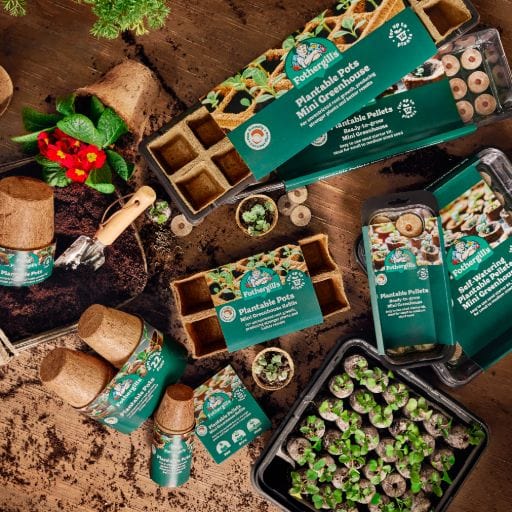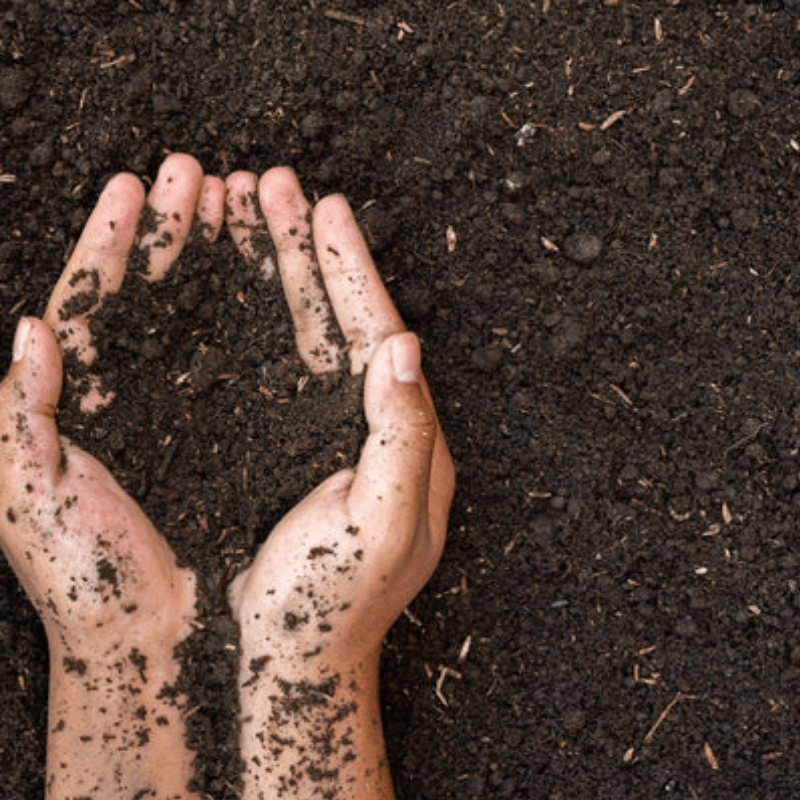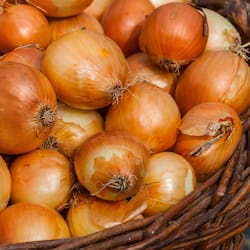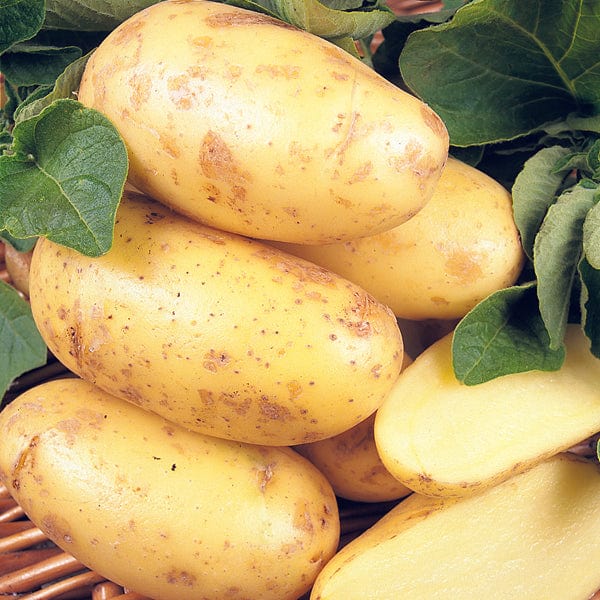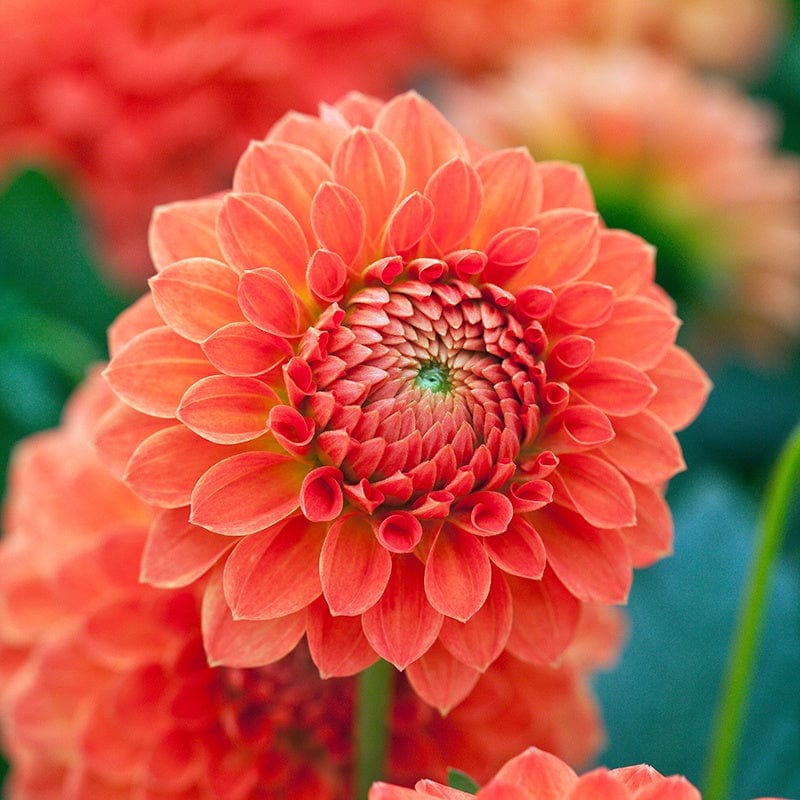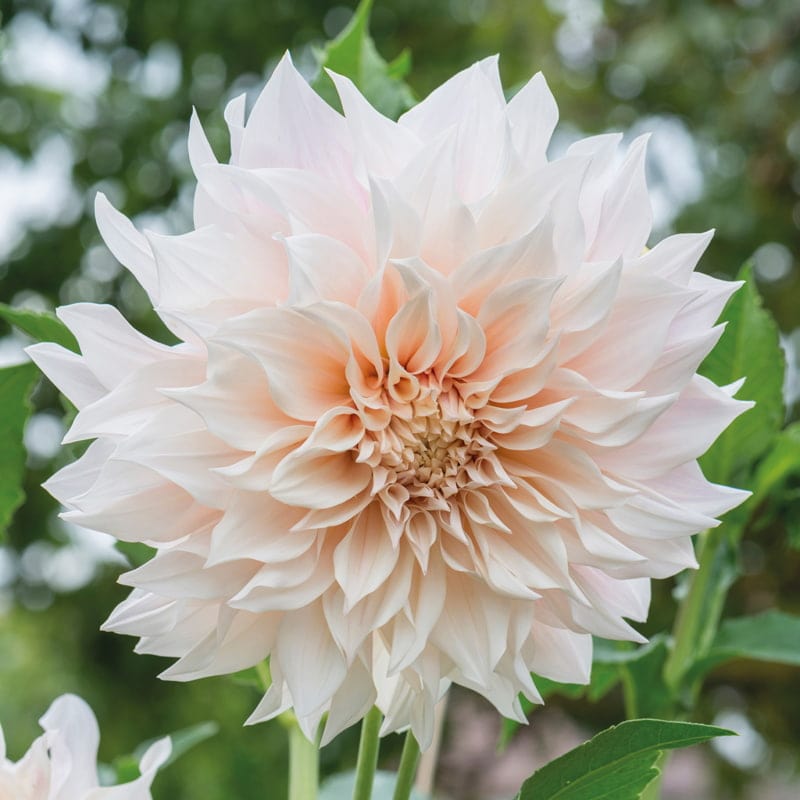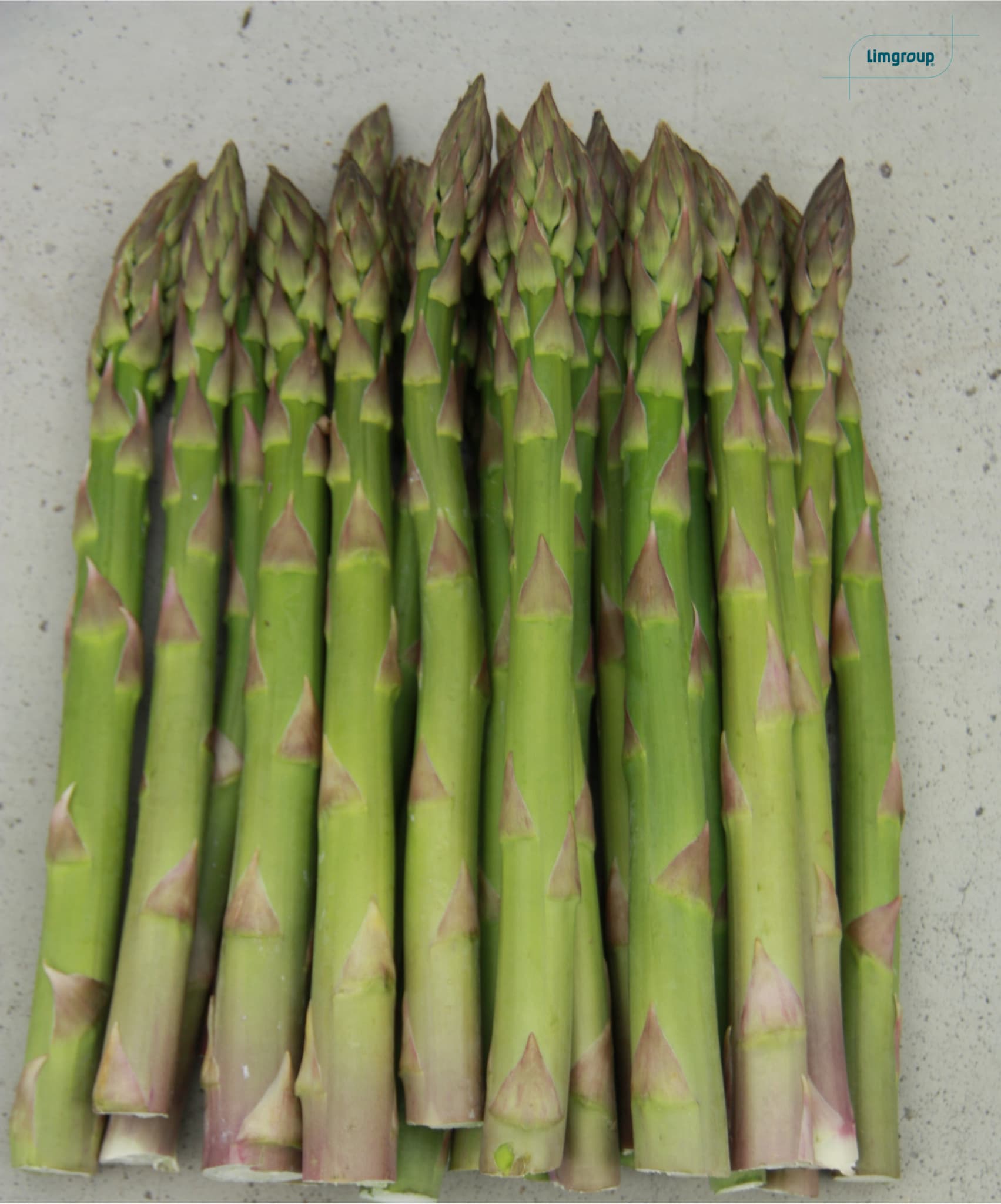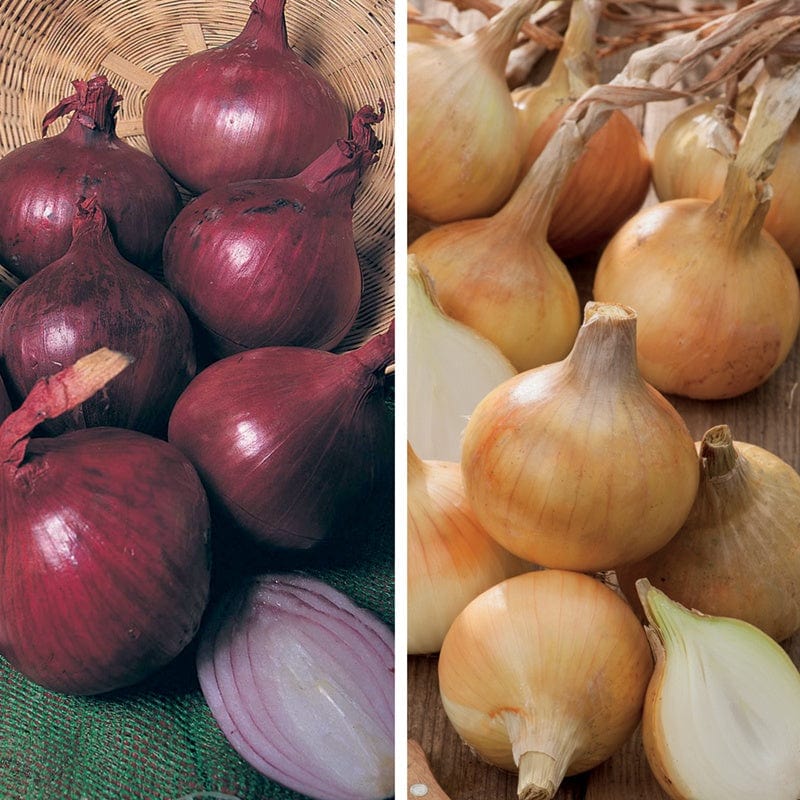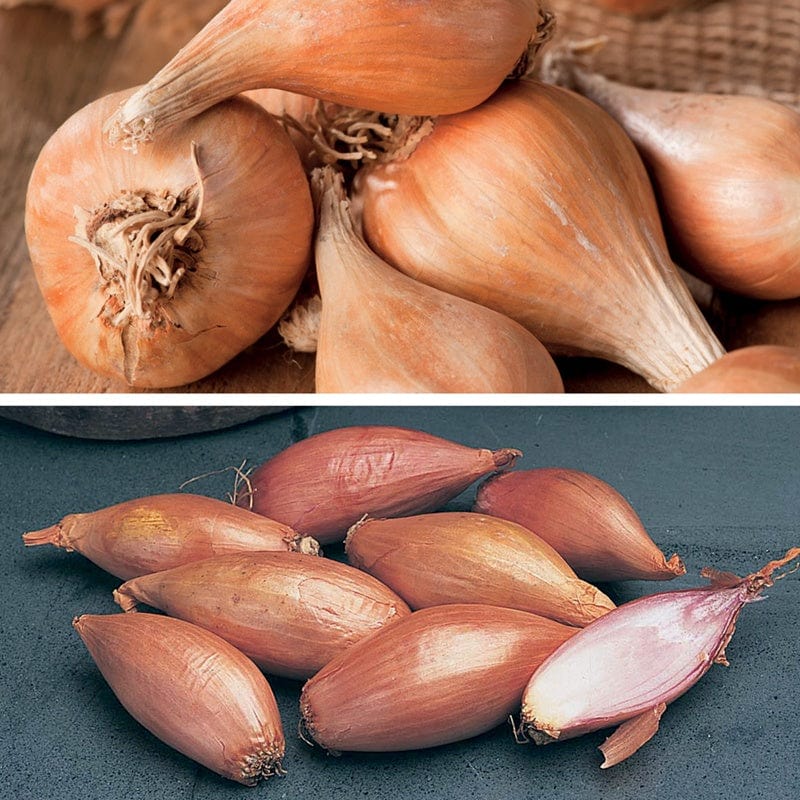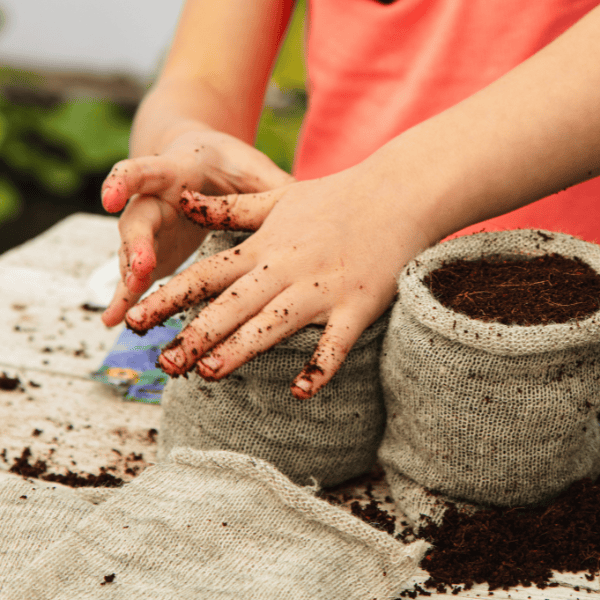Looking to learn how to plant onion sets or the art of growing shallots? It couldn’t be simpler with Mr Fothergill’s! Once established, onion and shallot sets require very little attention. And you’re much more likely to grow healthy onions from sets, than seeds. For our very best tips on how to improve your vegetable garden with delicious onions and shallots, take a look below!
What Is an Onion Set?
An alternative to onion seeds, an onion set is simply an onion that hasn’t been allowed to grow to its full size. These easy to grow veg bulbs start off as onion seeds that are sown very close together resulting in overcrowding and stunted growth.
When To Plant Your Onion Set
After unpacking your onion sets, put them into a cool, light, well-ventilated and frost-free place, away from direct sunlight. Winter hardy varieties can be planted in early autumn. Otherwise, you should be growing onions between February and April, as soon as the soil is sufficiently dry and warm.
In practice, this is usually late winter or early spring for sandy soils and mid-spring for clay-based soils. Heat-treated sets (which have had their flowering potential suppressed, so are bolt-resistant) should not be planted before late March or April.
Growing Shallots and Onions as Sets
Prepare your soil by digging over and incorporating some general purpose plant fertiliser, working the soil down into a fine tilth as if preparing a seed bed.
Drills
Onion and shallot sets are planted into a shallow drill (groove) in the soil, created with a string line and a draw hoe, or by laying a plank across the bed and running a trowel along its edge. The drill should be about the same depth as the set, or a bit less for some of the longer sets (many shallots, for example).
Spacing
Remove any loose papery skins before planting the sets. Push the sets into the soil at the base of the drill, with their pointed tips upwards. Spacing can be anything from 2.5cm (1in) to 10cm (4in), depending on the size of the bulbs. Closer spacing results in large numbers of small bulbs, whereas wider spacing results in a smaller number of large bulbs. 5-7.5cm (2-3in) spacing usually works well.
Fill in the drill with soil by running the edge of the rake along its edge to draw soil over the set, or use the trowel in a similar fashion. Use the trowel to firm in the sets. The tips should still be protruding from the soil surface.
Watering and feeding
In the spring, there is rarely the need to water newly planted sets. But in dry spells later on in the summer and autumn, new planting of overwintering onion sets should be watered in after planting.
Keep weeds checked as dense weed growth will seriously affect yield. Water if the weather is dry (not otherwise) and feed occasionally. Feed an autumn-sown crop with a liquid fertiliser in March.
Lifting
If the foliage is bent and turning yellow, onions and shallots are now ready for lifting. Place them on the surface of the soil for a few hours and allow them to dry in the sunshine. Shake off the excess soil from the roots – be careful not to damage them – and place them somewhere dry and well-ventilated to continue drying out.
When Will Onions Form a Bulb?
Onions form a bulb when the temperature and the number of daylight hours hit the right combination for them which triggers their clock. Until that happens, onions use the daylight to produce a good deal of top growth before they form bulbs. And the more the top growth, the bigger the bulb. When the day reaches the right number of hours for that variety of onion, it will stop forming top growth, and form a bulb instead. The size of the bulb that eventually forms depends on the size of the ‘stalks’ and the number of them.
There will be one ring in the onion for every stalk that is formed. The larger the stalk, the larger each ring will be. Bulb formation will pause during dry, very hot or very cold weather.
Continual Growth and Care
Break off any flower stems that appear and consider mulching for cutting down on watering and weed suppression. Stop watering once the onions have swollen and pull back the covering earth or mulch to expose the bulb surface to the sun.
When the bulb is mature, the foliage will turn yellow and topple over. Leave for two weeks and then carefully use a fork to lift them on a dry day.
Drying Onions
Onions which are not for immediate use must be dried. Spread out the bulbs on sacking or in trays. Set outdoors if the weather is warm and sunny, or indoors if the weather is wet. Drying will take 7-21 days, depending on the size of the bulbs and the air temperature.
Once the foliage is dried and the skins are papery, tie your onions together and hang them up, or store in onion bags. Both methods should prevent mould, but check regularly to make sure none have perished. All soft, spotted and tick-necked onions should be set aside for kitchen use or freezing. The rest can be stored. In trays or next bags - anything where the air can circulate. Choose a cool and well-lit place where they will keep until late spring.
You can order your onion sets and shallot bulbs from Mr Fothergill’s here on our website, or by mail order from our catalogue.
Get in Touch
We’re excited about planting the seeds of plenty of gardening ideas to help get the whole family involved in your outside space! Gardening is for everyone! So let us help you and the kids blossom into green-thumbed growers as you watch your tiny, tiny seedlings reach their full potential in your very own garden.
Whether you’re keen to create a vibrant playground for bees and butterflies with our range of flower plants or show the little ones just how rewarding it is to watch your easy-to-grow veg seeds make their way all the way from the ground to the kitchen, Mr Fothergill's has got all of your gardening essentials to get you started.
If you have any further questions about how to plant onion sets or any of our other products, don’t hesitate to contact us or take a deeper dive into our gardening blog!












